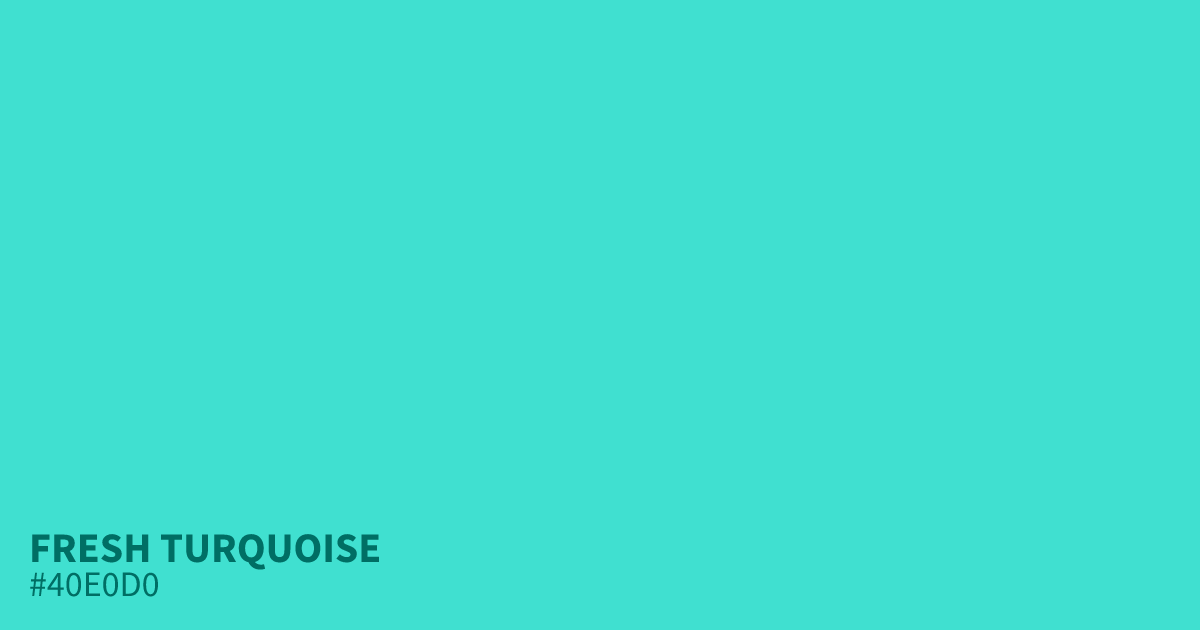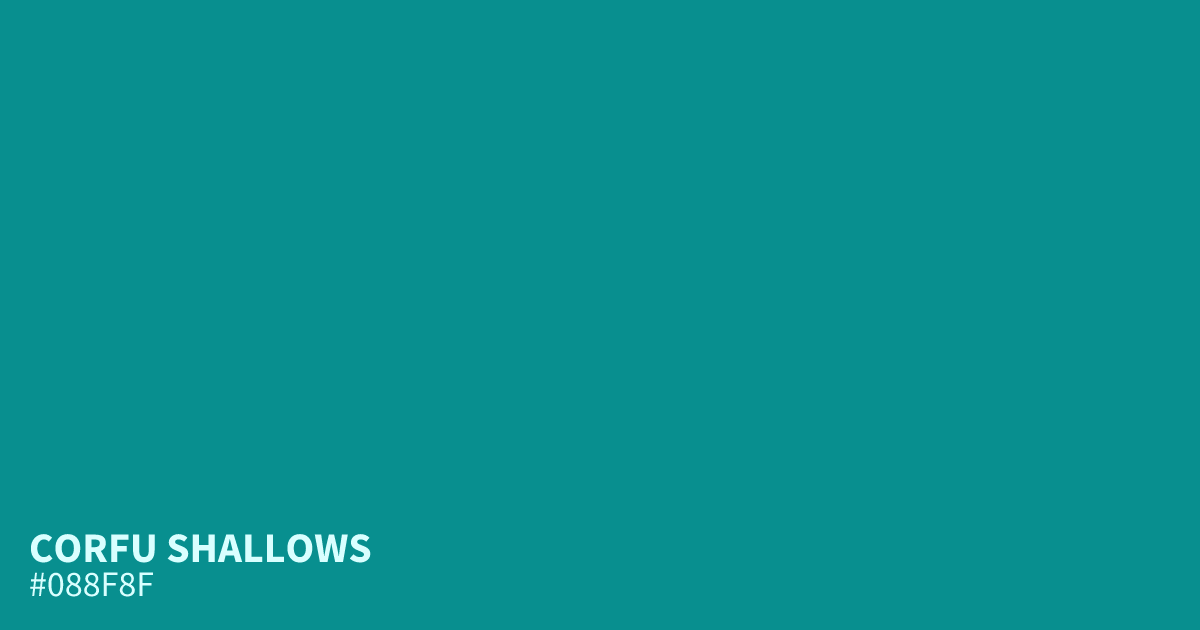Natural turquoise, often associated with therapeutic properties, is a soothing blue with distinct striations and variations. As an intermediate color between green and blue, turquoise is an extremely flexible color. This creates an earthy, natural aspect that enables the eyes to develop a spiritual connection with any item tinted in turquoise.
The tranquility, expansion, and optimism represented by turquoise are not coincidental. Because it’s so close in color to aquamarine, the color responsible for giving the world’s seas their distinctive blue-green hue, it’s easy to associate it with the rhythmic swells and gentle swaying of the sea.
For many, simply seeing turquoise creates emotional stability. It’s not hard to understand why turquoise is such a popular color — it’s great for setting an optimistic, calming, strong, and natural tone.
You may be curious about the individual colors that go into turquoise and how to mix them to generate a new hue. Is it as simple as combining several cyan tones until you have a natural blue that seems like it was carved from a stone? Well, not precisely. You may pick between two different chemical processes to create turquoise.
What Colors Make Turquoise?
A real, light turquoise color may be made by combining blue, green, and white. You should be able to achieve a pleasing cyan by combining the blue and green. Then, keep adding tiny bits of white until you achieve the shade of turquoise you want.
The recommended starting point for creating turquoise is a ratio of 2:1 between blue and green.
Using this procedure, you may easily increase the saturation of your blue-based turquoise.
Another way to create custom turquoise is simply combining the colors blue and yellow. In this method, a small amount of yellow is added to a base color of blue. For the most brilliant and true turquoise, go for a white-to-blue ratio of 1:6.
Popular Cyan Shades
When it comes to creating vibrant worlds, cyan is a must-have hue for any artist. Creating the cyan color requires us to take out red light from white. Cyan, a greenish blue, is easily modified to provide a wide range of tones in the blue and green spaces.
Turquoise, teal, aquamarine, and electric blue are all examples of the cyan color family. Here is how you can create some of the most common cyan shades:
Turquoise

The color turquoise may be thought of as a vivid blue. It’s a combination of green and blue and, therefore, has the same calming effect. Although the two hues share a name, turquoise and aquamarine are actually quite distinct.
While turquoise is a greenish blue, aqua is a bluer shade with green undertones that is frequently used to depict the ocean.
To create turquoise, you need to combine white, green, and blue.
Teal

Like other shades of blue, teal is linked to the sea and the natural world, and is said to promote emotions of serenity and composure. Contrast it with maroon for added contrast, or mix it with other colors of green for a refreshing effect.
To create teal, you need to combine white, yellow, and cyan.
Electric Blue

The English color term “electric blue” dates back to the middle of the 1840s and connotes a lively and dynamic quality. Use this vibrant shade in place of mellower blues for a splash of energy and vitality. In addition to going well with white, this shade also works well with a wide range of other bright colors, notably a fiery orange-red. Naturally, it also complements and combines well with any other tones of blue.
To create electric blue, you need to combine white and cyan.
Blue-Green

Turquoise’s blue-green version, a deeper shade of cyan, is likewise soothing and tranquil. A wide variety of fish and lakes display this color naturally, with the blue-green damselfish being an example. Try mixing blue-green with brighter blues and white for a glacier-inspired color scheme. The hue will pop even more next to oranges and yellows.
To create blue-green, you need to combine blue and green.
In terms of flexibility, colors belonging to the cyan group are towards the top. Generally, a speck of white may substantially influence a cyan tint to become brighter or darker. Moreover, this is a family of colors where intensity is particularly important. For instance, combining blue and green may yield significantly variable results, depending on which hue makes up the larger portion of the color mix.
Using Turquoise
All cyan tones, including turquoise, stand out among specific colors. When incorporating turquoise into a color scheme, you have some flexibility in how you may use it. The complementary color to cyan is red. As a result, if you match red with turquoise, you’ll be impressed by how striking the combination is. The striking effect achieved by combining turquoise with other hues, however, may not be to everyone’s taste.
Subtractive color theory allows for a variety of turquoise and magenta and yellow color combinations. Naturally, these two choices do not provide a color scheme that could be called conservative. When going for a more subdued appearance, try pairing turquoise with deeper blues rather than other cyan tones.
The combination of turquoise and deep royal blue will produce a luxurious, multilayered effect. You can also make turquoise stand out while yet being conservative by pairing it with cool grays. This helps to maintain a bright color scheme while also giving a painting or room a sense of depth.
Finally, when combined with white, turquoise creates a breezy, beach-like aesthetic. Painting waves over white sand, painting a colorful backdrop behind white cabinets, or pairing white khakis with turquoise dress shirts are all excellent examples of where these colors work well together. White and turquoise are a classic color scheme that evokes the carefree spirit of the islands.
Wrapping Up
Since turquoise is derived from the color of a natural stone, it provides a wealth of natural inspiration from which to draw when developing your own unique turquoise tones. Because of this, you have a lot of leeway in drawing inspiration for your own version of turquoise from any of the millions of examples found in nature. By adding turquoise, a vibrant, very spiritual color, you will instantly raise the energy level and mood of your artwork. Unsurprisingly, then, turquoise commands a central position in fashion, décor, and art.

